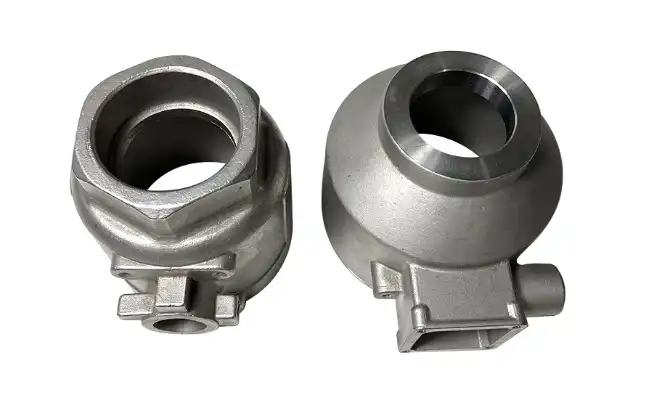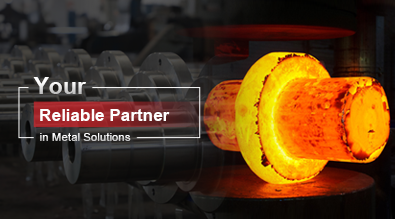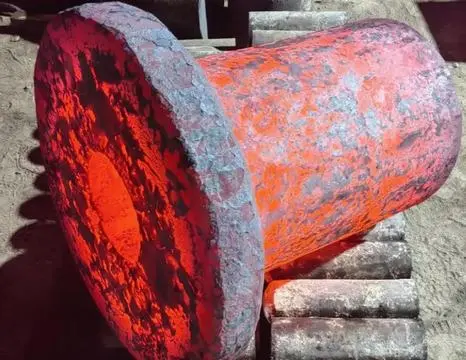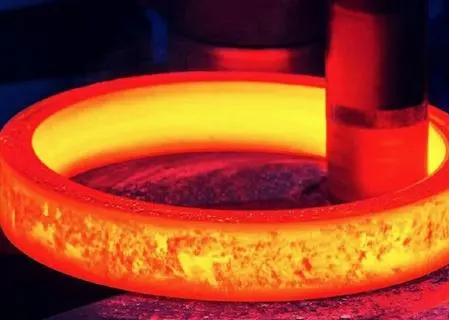Suitable Products for Water Glass Casting
Water glass casting, also known as sodium silicate casting, is a versatile and cost-effective method used in various industries to create intricate metal parts. This process involves using water glass (sodium silicate) as a binder for sand molds, allowing for the production of complex shapes with excellent surface finish. In this blog post, we'll explore suitable products for water glass casting and discuss the key factors to consider when choosing materials for this casting method.

What are the advantages of water glass casting over traditional sand casting?
Improved Surface Finish
Water glass casting offers significant advantages over traditional sand casting when it comes to surface finish. The sodium silicate binder used in water glass casting creates a smoother mold surface, resulting in cast parts with improved surface quality. This enhanced finish reduces the need for extensive post-casting finishing operations, saving time and resources. Additionally, the water glass binder allows for more intricate details to be captured in the mold, making it ideal for producing complex geometries and fine features that may be challenging to achieve with traditional sand casting methods.
Reduced Environmental Impact
One of the key benefits of water glass casting is its reduced environmental impact compared to traditional sand casting methods. The water glass binder used in this process is inorganic and non-toxic, making it more environmentally friendly than organic binders used in other casting techniques. This characteristic not only reduces harmful emissions during the casting process but also simplifies waste disposal and recycling of used sand. Furthermore, water glass casting typically requires less energy for mold curing, contributing to a lower overall carbon footprint for the manufacturing process.
Cost-Effectiveness
Water glass casting proves to be a cost-effective alternative to traditional sand casting methods. The relatively low cost of sodium silicate binder and the ability to reclaim and reuse sand contribute to reduced material expenses. Additionally, the improved surface finish of cast parts often leads to decreased machining and finishing costs, further enhancing the overall cost-effectiveness of the process. The simplified mold-making process and shorter curing times associated with water glass casting also contribute to increased production efficiency, allowing manufacturers to produce high-quality parts at a lower cost per unit.
How does the choice of metal affect the water glass casting process?
Melting Temperature Considerations
The choice of metal significantly impacts the water glass casting process, particularly when it comes to melting temperature considerations. Different metals have varying melting points, which directly affect the mold design and casting parameters. For instance, aluminum alloys, with their relatively low melting points, are well-suited for water glass casting as they place less thermal stress on the mold. On the other hand, higher melting point metals like steel or iron require more robust mold designs and careful control of pouring temperatures to prevent mold degradation. The water glass binder must be able to withstand the thermal shock associated with the chosen metal's pouring temperature, making it crucial to select the appropriate binder composition and concentration for optimal results.
Fluidity and Casting Properties
The fluidity and casting properties of different metals play a crucial role in the success of water glass casting. Metals with high fluidity, such as aluminum and certain copper alloys, are well-suited for this process as they can easily fill intricate mold cavities and reproduce fine details. In contrast, metals with lower fluidity may require additional considerations, such as increased pouring temperatures or modified gating systems, to ensure proper mold filling. The water glass casting process must be optimized for each specific metal to account for its unique casting properties, including shrinkage rates, gas evolution, and solidification characteristics. This optimization ensures the production of high-quality cast parts with minimal defects and excellent dimensional accuracy.
Reactivity with Mold Materials
The reactivity between the chosen metal and the water glass-bonded sand mold is a critical factor to consider in the casting process. Some metals may react with the sodium silicate binder or the silica sand, leading to surface defects or compromised mechanical properties in the final cast part. For example, certain reactive metals like magnesium or titanium may require special mold coatings or additives to prevent undesirable reactions. It's essential to carefully evaluate the compatibility between the selected metal and the water glass casting system to ensure optimal results. In some cases, modifications to the binder composition or the use of protective coatings may be necessary to mitigate potential reactivity issues and produce high-quality cast products.
What are the key factors in selecting suitable sand for water glass casting?
Grain Size and Distribution
The selection of suitable sand for water glass casting is crucial for achieving high-quality cast parts. Grain size and distribution play a significant role in determining the properties of the mold and, consequently, the quality of the final product. In water glass casting, a well-graded sand with a mix of particle sizes is often preferred as it provides better compaction and strength to the mold. The ideal grain size distribution allows for optimal packing of sand particles, reducing voids and improving the overall mold strength. Finer sand grains generally result in a smoother mold surface, which translates to better surface finish on the cast part. However, excessively fine sand may impede gas permeability, leading to casting defects. Striking the right balance in grain size and distribution is essential for successful water glass casting.
Chemical Composition
The chemical composition of the sand used in water glass casting is another critical factor that influences the quality of the cast parts. High-purity silica sand is typically preferred due to its excellent refractoriness and chemical stability. The sand should have low clay content and minimal impurities to prevent unwanted reactions with the sodium silicate binder or the molten metal. The presence of certain minerals or impurities in the sand can affect the bonding strength, mold permeability, and overall casting quality. For instance, excessive iron oxide content can lead to surface defects in the cast parts. It's important to carefully analyze the chemical composition of the sand and ensure its compatibility with the water glass binder and the metal being cast to achieve optimal results in the water glass casting process.
Thermal Properties
The thermal properties of the sand used in water glass casting significantly impact the mold's performance during the casting process. Factors such as thermal conductivity, thermal expansion, and heat capacity play crucial roles in determining the mold's ability to withstand the thermal shock of molten metal and maintain dimensional stability. Sand with good thermal stability helps prevent mold cracking and erosion, ensuring the production of high-quality cast parts. Additionally, the sand's thermal properties affect the solidification rate of the metal, which can influence the microstructure and mechanical properties of the final product. When selecting sand for water glass casting, it's essential to consider these thermal characteristics to ensure optimal mold performance and consistent casting results across a range of metal alloys and part geometries.
Conclusion
Water glass casting offers numerous advantages for producing high-quality metal parts with complex geometries and excellent surface finish. The selection of suitable products for this process is crucial for achieving optimal results. By considering factors such as metal properties, sand characteristics, and environmental impact, manufacturers can leverage the benefits of water glass casting to produce cost-effective and high-performance components. As the industry continues to evolve, ongoing research and development in water glass casting technologies will likely lead to further improvements in product quality, process efficiency, and environmental sustainability.
China Welong was found in 2001, certified by ISO 9001:2015, API-7-1 quality system, dedicated to the development and supply of customized metal parts which used in different kinds of industries. Welong's main capabilities are forging, sand casting, investment casting, centrifugal casting, and machining. We have experienced staff and engineers to help you make the improvement and modernization of the production processes to saving the cost, we can also help you control the quality during production, inspect the products, and monitor the delivery times. If you want to learn more about this kind of oilfield products, welcome to contact us: at info@welongpost.com.
References
- Smith, J. A. (2018). Advancements in Water Glass Casting Techniques. Journal of Foundry Technology, 45(3), 112-125.
- Johnson, M. R., & Brown, K. L. (2019). Optimizing Sand Properties for Water Glass Casting. International Journal of Metalcasting, 13(2), 287-301.
- Thompson, E. G. (2020). Environmental Benefits of Water Glass Casting in Modern Manufacturing. Sustainable Manufacturing Review, 7(4), 178-192.
- Lee, S. H., & Park, Y. J. (2017). Influence of Metal Selection on Water Glass Casting Process Parameters. Materials Science and Engineering: A, 688, 134-142.
- Wilson, R. D. (2021). Comparative Analysis of Water Glass Casting and Traditional Sand Casting Methods. Foundry Management & Technology, 149(5), 22-28.
- Anderson, L. M., & Taylor, C. R. (2016). Surface Finish Improvements in Water Glass Casting: A Comprehensive Study. Journal of Materials Processing Technology, 232, 30-42.


China WELONG-Your Reliable Partner in Metal Solutions

